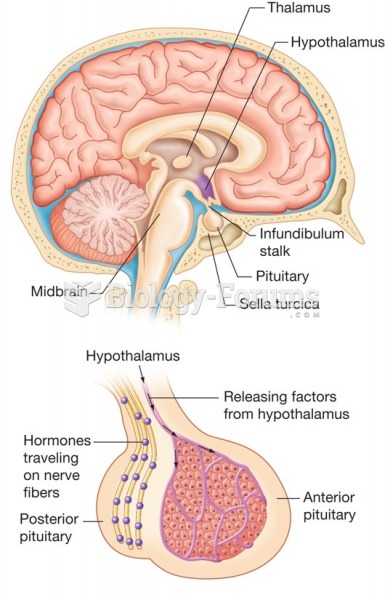Answer to Question 1
Sexual orientation refers to an individual's preference for emotional-sexual relationships with members of the opposite sex (heterosexuality), the same sex (homosexuality), or both (bisexuality).
Some scholars believe that sexual orientation is rooted in biological factors that are present at birth; others believe that sexuality has both biological and social components and is not preordained at birth. The terms homosexual and gay are most often used in association with males who prefer samesex relationships the term lesbian is used in association with females who prefer same-sex relationships. Heterosexual individuals, who prefer opposite-sex relationships, are sometimes referred to as straight. Researchers at the University of Chicago established three criteria for identifying people as homosexual or bisexual: (1) sexual attraction to persons of one's own gender, (2) sexual involvement with one or more persons of one's own gender, and (3) self-identification as a gay, lesbian, or bisexual. According to these criteria, then, having engaged in a homosexual act does not necessarily classify a person as homosexual. Recent studies have examined how sexual orientation is linked to identity. Sociologist Kristin Esterberg interviewed lesbian and bisexual women to determine how they perform lesbian or bisexual identity through daily activities such as a choice of clothing and hairstyles, as well as how they use body language and talk. Another study looked at gay and bisexual men. Human development scholar Ritch Savin-Williams found that gay/bisexual youths often believe from an early age that they are different from other boys. Recently, the term transgender was created to describe individuals whose appearance, behavior, or self-identification does not conform to common social rules of gender expression. Transgenderism is sometimes used to refer to those who cross-dress, to transsexuals, and to others outside mainstream categories. Various organizations of gays, lesbians, and transgendered persons have been unified in their desire to reduce hate crimes and other forms of homophobiaextreme prejudice directed at gays, lesbians, bisexuals, and others who are perceived as not being heterosexual.
Answer to Question 2
d







